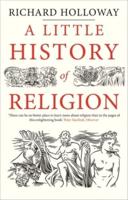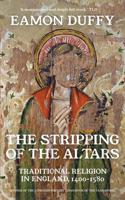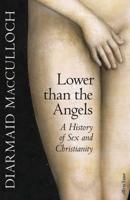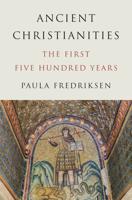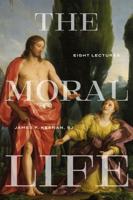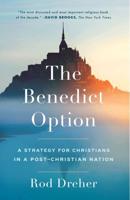Publisher's Synopsis
Sometime around 180 AD, a biblical canon became necessary for the survival of the Church. Serious Gnostic threats already had gospels of their own, including Marcion, Valentinus, and Basilides. Alfred Loisy shows how the Canon was put together and how it evolved from there. He was a respected Roman Catholic priest in France until the age of 51, so few can match his knowledge on this subject. He was, however, excommunicated in 1908, having been a leader of a movement known as "Catholic Modernism." They believed that truth could not be changed, but the representations of this truth could be changed, as done by the Church in some areas. They believed doctrine is not the same as history--which is why Loisy wrote this book. Some may claim it was written in response to his expulsion, but it more accurately freed him to share the research that he had found. The goal of the book is to map out the progressive evolution of the New Testament and, according to the author, show how the formation of the literature "was conditioned by the evolution of Christian propaganda." Loisy was foremost a Christian, who considered the New Testament to be a great achievement of humanity--but criticizes the chain of miracles it portrays. Because the New Testament is spiritual in essence, it has mistakenly caused us in the modern world to believe that certain supernatural "events" played a real part in history. He asserts that some later additions were required by "the needs of the moment," and closely examines the work of editors in each gospel. This scholarly work was written to complement his other book, The Birth of the Christian Religion, also brought back into print by The Book Tree.

